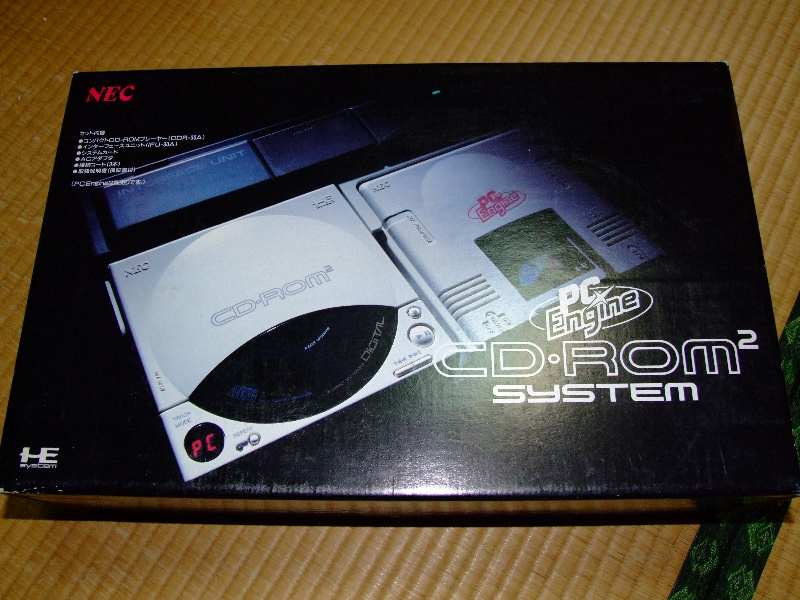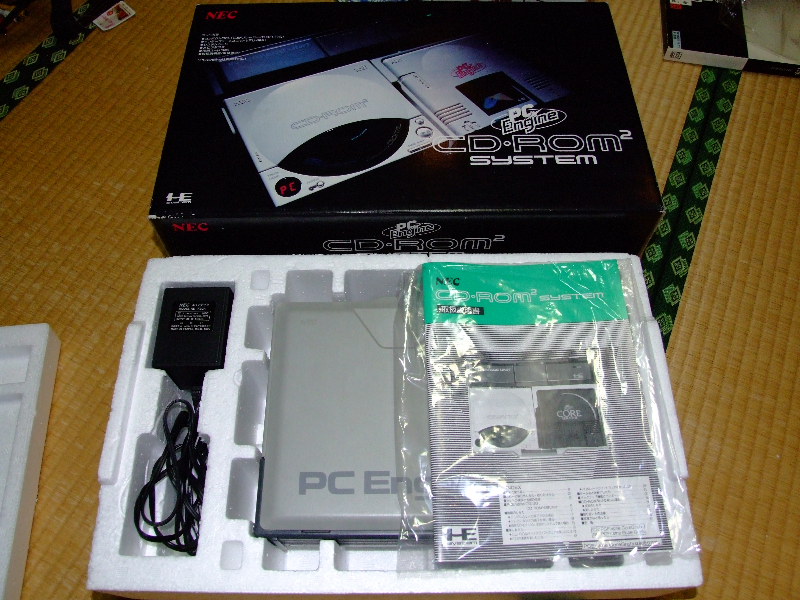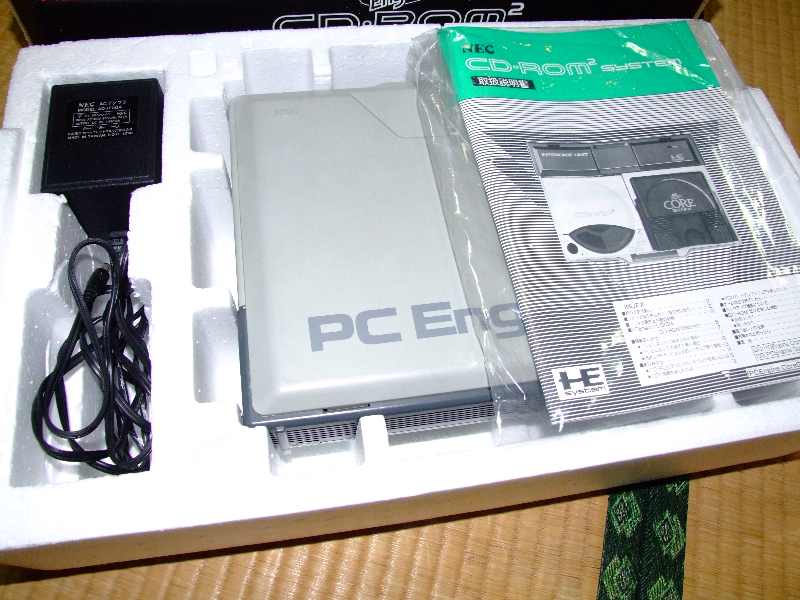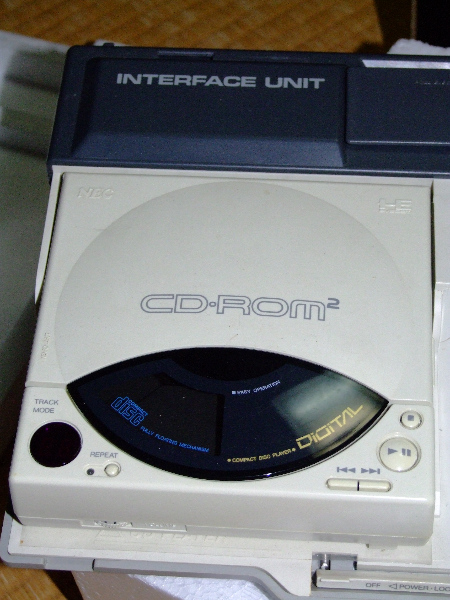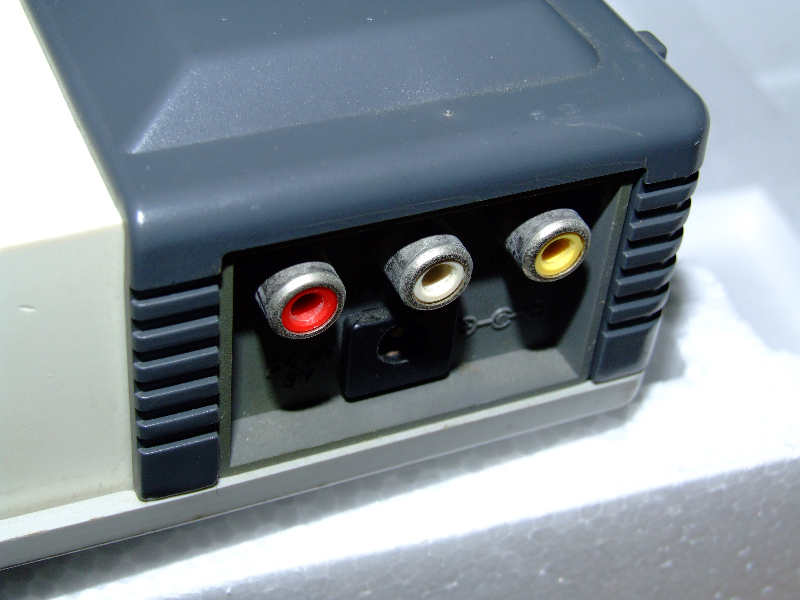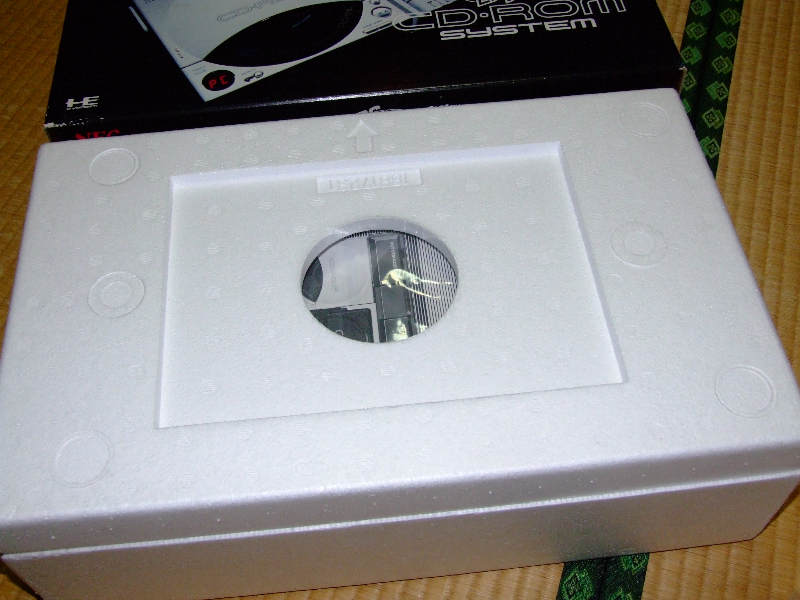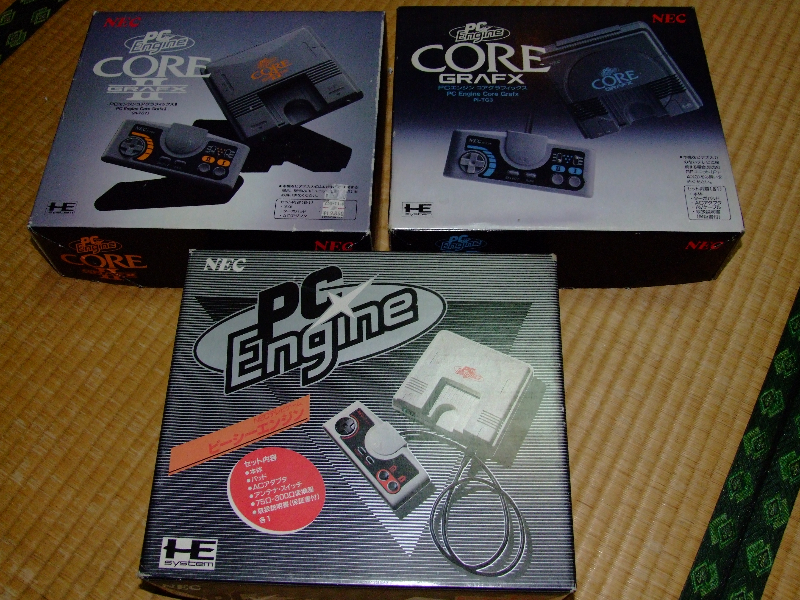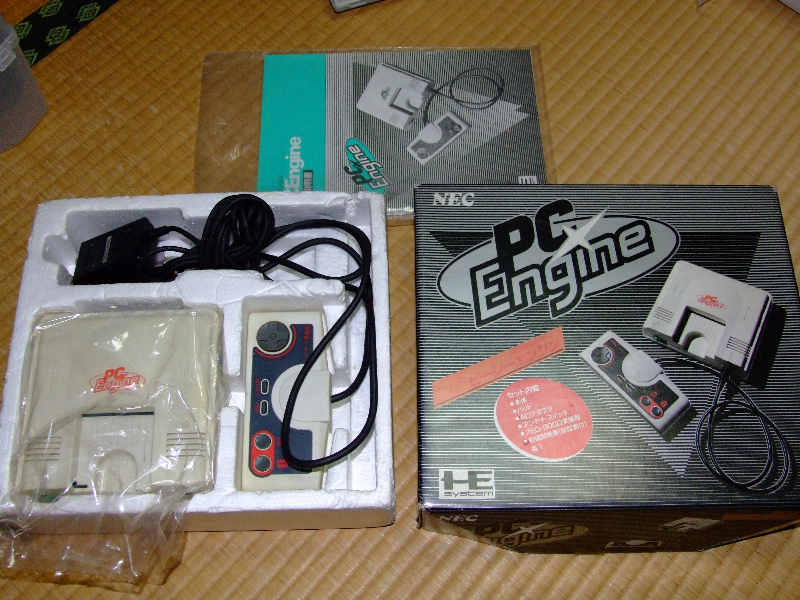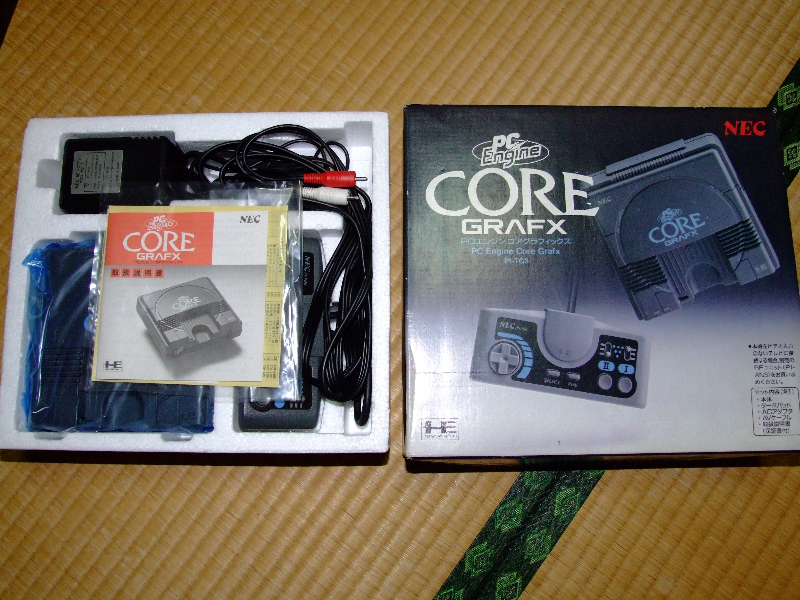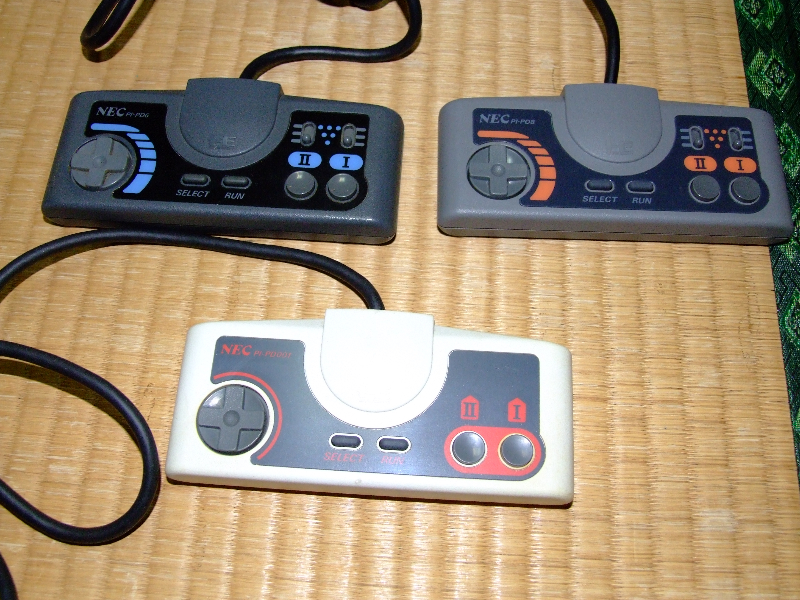Gambling is the fastest way to hell! Gamble with the lives of your children, the money you earn, or even the marbles you cherished back in your childhood – yes, I believe many of you may be that old – and you will be going to hell faster than the rest of us clean living folk.
So what do you do if you want gambling without all that eternal damnation stuff? NEC has the answer for you – the NEC PC Engine Pachinko controller set. 🙂
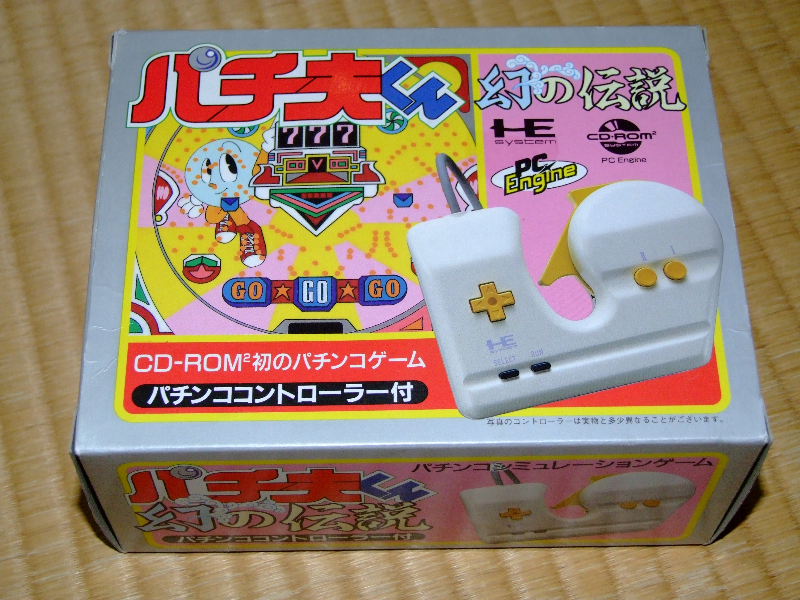
Crap, I just realised that some of you may not actually know what Pachinko is. Pachinko is the Japanese version of slot machines, but instead of watching a graphical representation of wheels rotating around, you get to watch real metal balls fall over real metal pins. Hmmm, that may not still give you an accurate picture of what Pachinko is… Google is your friend if you want more info. 😉
Anyway, as I was saying, you are going to hell! Just kidding (probably)…. This particular set comes with everything you need to get your fix. You have the controller to give you an authentic Pachinko feel, and also a CD-ROM2 game disk. By the way, I am not sure if the game disk I have pictured with mine is the original that came with the set, as I bought that separately.
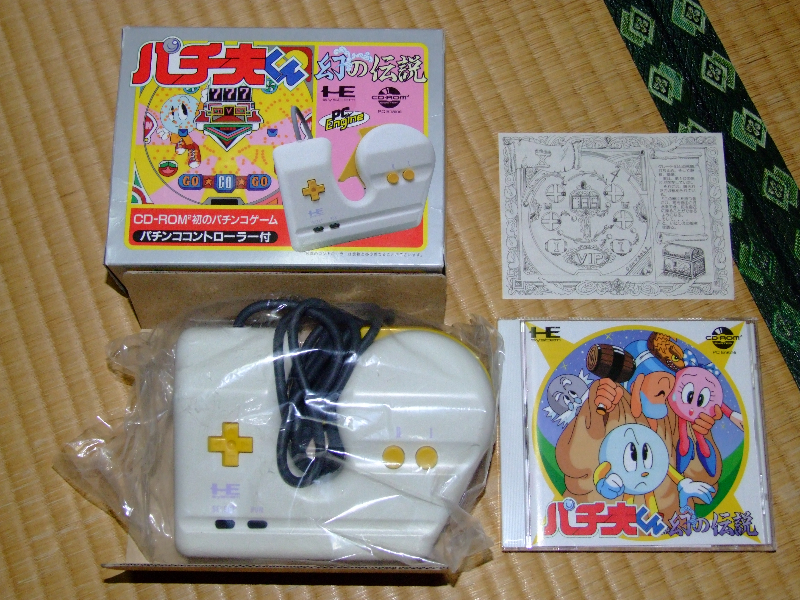
The controller itself is everything you’d expect from NEC. It’s robust and feels well made.
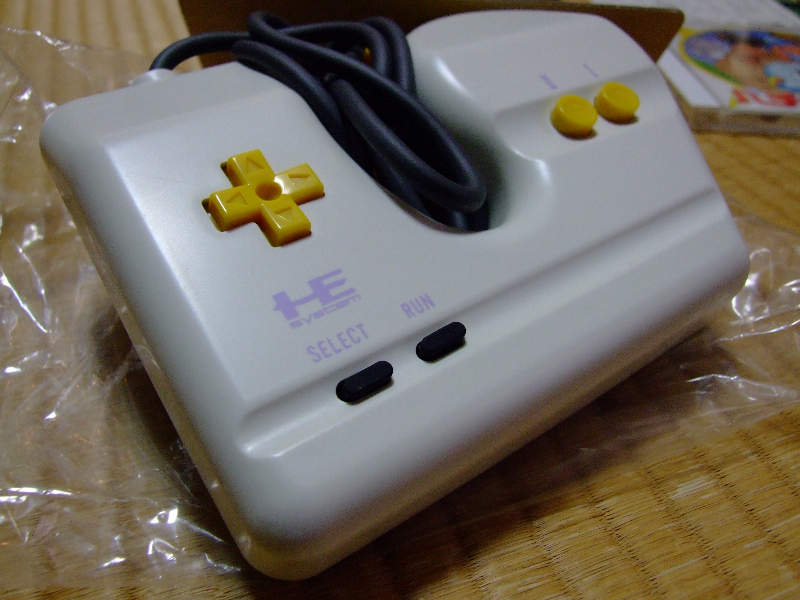
Another option for those who need a Pachinko fix, but don’t have a CD-ROM2 (or similar CD PCE system) can buy the HuCard version of the game. Being a hater of Pachinko (yes, I’m going to heaven) I have not given these two an A/B comparison, but often with HuCards they are either completely separate games, or simply cut down versions of the same thing. I am not sure if this particular HuCard is simply a cut down version of the CD-ROM2 game, or something completely different.
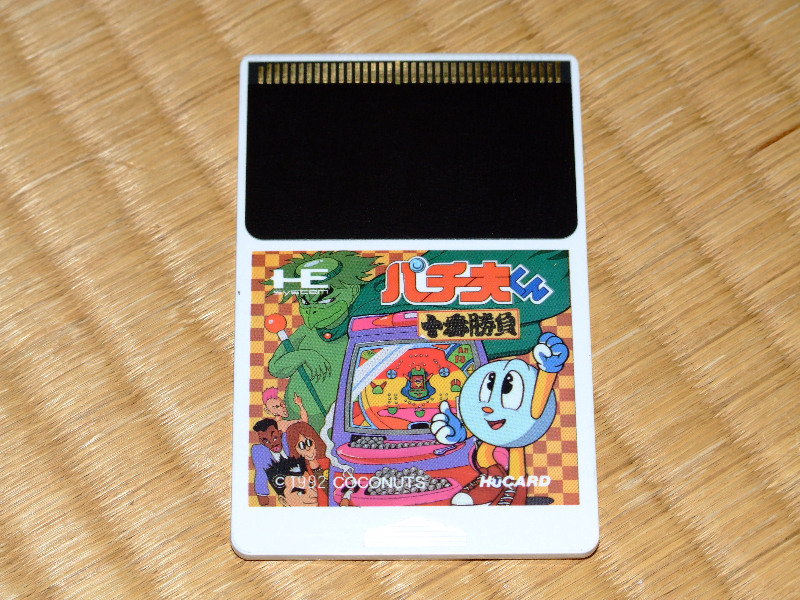
As I mentioned above, I’m not a fan of Pachinko, but I am a fan of NEC/PCE and that’s why this particular set is in my hoard. 🙂

